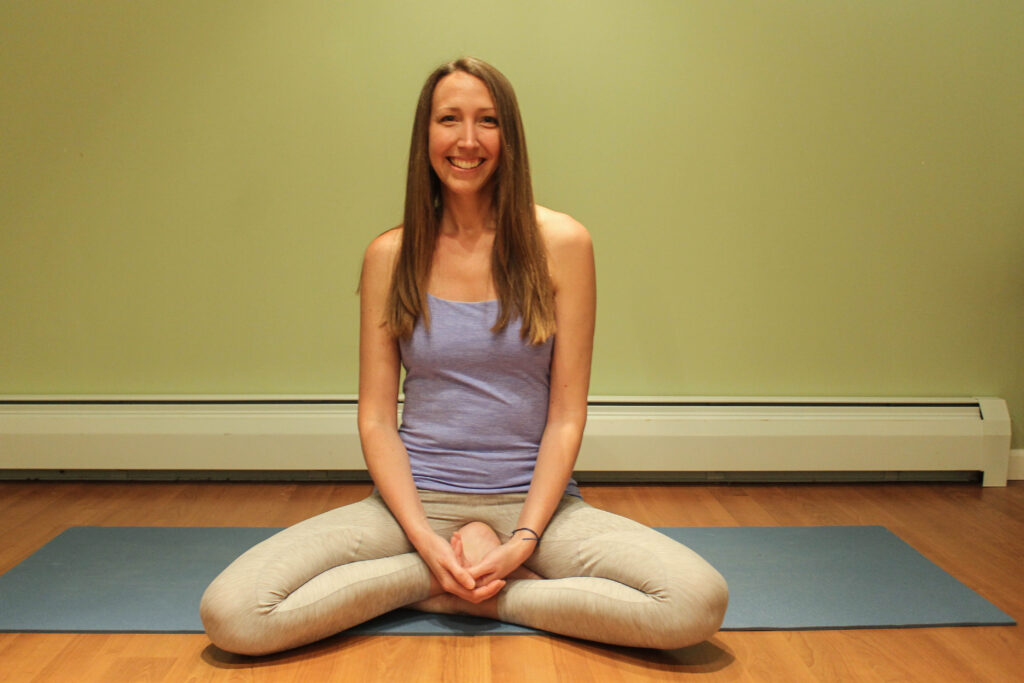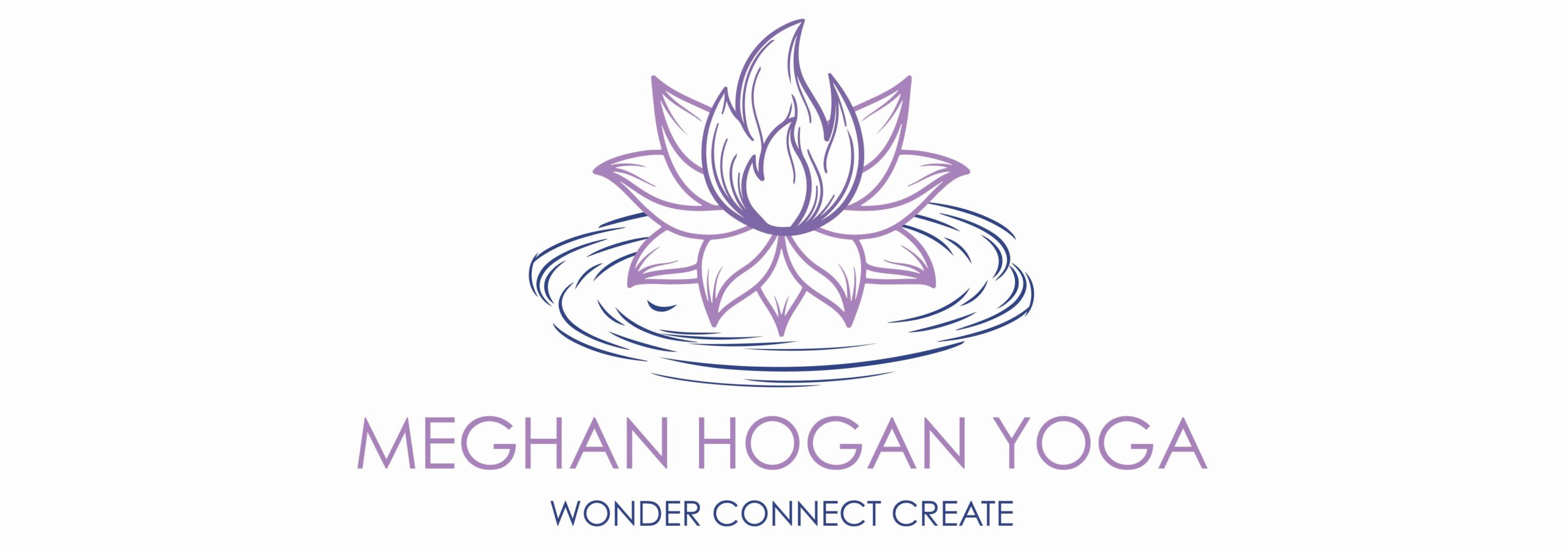I wrote last week about how a meditation practice can be a transformative addition to your life. If you’ve tried meditation, whether within a yoga class or as a standalone practice, you probably have your own experiences with the benefits.
As a yoga practitioner teaching at this point in the history of yoga in the U.S., I am grateful to have grown from anecdotal and historical evidence to include scientifically based evidence for the benefits of yoga practice. No one who appreciates the personal benefits of yoga needs the science to tell them it’s working. The studies of physiological changes are fascinating. That modern knowledge backs up the efficacy of ancient wisdom is icing.
Meditation is broadly defined by the National Institutes of Health as having four elements in common:
- A quiet location
- A comfortable posture
- A focus of attention
- An open attitude
This characterization leaves room for interpretation of what constitutes meditative practices. I find “an open attitude” especially significant. Try meditation where you are, in whatever circumstances you are in. It will always be worth your time and concentration. Your mindset will determine the extent to which you derive some of the longer term benefits of the practice.
Generally speaking, meditation has been shown to reduce negative symptoms from many ailments and increase positive aspects of life. Many of the studies showing these outcomes were based on an 8 week program. I would be interested to see what a longer time frame would show.
Mindfulness-Based Stress Reduction (MBSR) is the program utilized by researchers in a study of how meditation changes the structures of the brain. The Harvard Gazette reported on this study, which was done as a follow up to a study in which participants reported psychological and cognitive benefits from meditation that persisted throughout the day. Mindfulness meditation focuses on non-judgemental awareness of physical sensations, feelings, and state of mind. Participants of this follow up study reported an average of 27 minutes of mindfulness meditation a day, in addition to weekly group meetings.
MRIs were taken before, during, and after the program was run. They showed an increase in gray matter density in the hippocampus, a brain structure important for learning and memory. There was also a measurable decrease in the density of the grey matter in the amygdala, a brain structure associated with anxiety and stress.
“…by practicing meditation, we can play an active role in changing the brain and can increase our well-being and quality of life”
~Britta Holzel, first author of the study
Finally, I want to draw your attention to the Metta (Loving-Kindness) Meditation I shared last week. (One of the meditations I introduce beginners to in my Meditation 101 series.)
It may sometimes seem like positive affirmations couldn’t possibly change the uncertainty and suffering in the world. And, depending on where in the wellness world you land, blind positivity has the danger of becoming a denial.
The basis for the study of Loving-Kindness Meditation started rooted in the evidence of past studies that suggested positive emotions create a broadening of people’s attention and thinking, as opposed to narrowly focused perceptions of threats, “enabling them to draw on higher-level connections and a wider-than-usual range of percepts or ideas”, which created a lasting change in the quality of participants lives.
Another aspect of positive emotions is the building effect, showing growth over time of traits like optimism and tranquility, ego resilience, mental health, and the quality of close relationships. Called Positive Emotions, Induced Through Loving-Kindness Meditation, Build Consequential Personal Resources, the study tested the broaden and build theory, utilizing the Loving-Kindness Meditation to induce positive emotions in working adults. Participants were randomly assigned to either a waitlist group or meditation workshop group. (They gave the waitlist group the Loving-Kindness workshops once the study was concluded.)
The authors of this study hypothesized that the broaden and build theory of induced positive emotions would be more efficacious than the hedonic treadmill in creating positive life changes over time. (“The well-documented hedonic treadmill effect (Diener, Lucas, & Scollon, 2006) assures that emotion-elicitation techniques used with success in the laboratory (e.g., film clips, gifts of candy) would likely become inert if repeated daily. As the novelty of an experience subsides, people’s emotions tend to revert to a trait-like baseline.”) You may have had experience with this effect in your own lives. The novelty of a new show, something you purchased online, or other shiny distraction grows dull after some time. The hallmark of the hedonic treadmill is the need for bigger, better, newer stimuli to produce the same good feelings.
“The loving kindness meditation was shown to be an effective intervention strategy that produced positive emotions in a way that outpaced the hedonic treadmill effect.”
“Results showed that this meditation practice produced increases over time in daily experiences of positive emotions, which, in turn, produced increases in a wide range of personal resources (e.g., increased mindfulness, purpose in life, social support, decreased illness symptoms). In turn, these increments in personal resources predicted increased life satisfaction and reduced depressive symptoms.”
I highly recommend you look at the study and read through their discussion. What a fascinating dive into human emotion and behavior. That one simple meditative technique, practiced consistently over time, could have such far reaching positive benefits for the practitioner is amazing.
It’s not my job to insist you do any particular practice. If I can be a guide to you in sharing what may resonate with you and improve your life, that is what I consider a worthy goal. When you have times of resistance to practice, I hope this article helps reinvigorate your resolve to give meditation, and in a broader respect, yoga, a regular place in your life.
If anything you have read here or experienced in practice needs clarification or merely to be heard, I welcome your communication.

- Meghan Hogan, E-RYT 500, CCC-SLP is Lead Faculty for the Yoga Vidya Teacher Training and In-Depth Studies program, a Speech-Language Pathologist supporting preschool children with disabilities and their families, a wife and mother. Her mission in sharing yoga is to provide caregivers of all walks of life tools for self-care and stress management.

